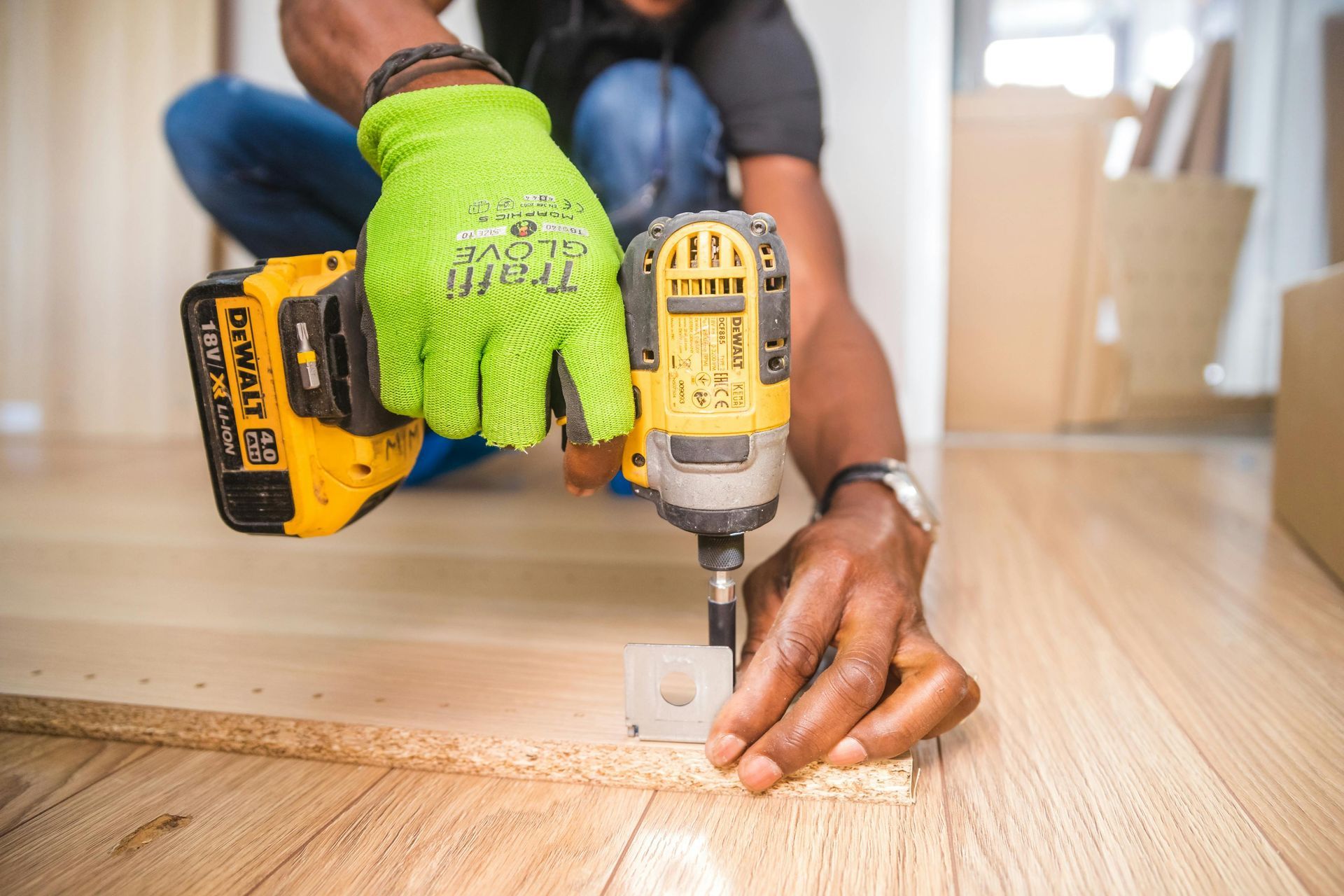The Best Advice I Can Give On How to Build Your Online Platform?
A recent LinkedIn connection and college student asked me, “How would you go about creating a platform?”
For some of you who are asking, “what is a platform?” A platform is marketing power tool and is something that enables you to get seen (visibility) and heard (awareness). In the 20th century it was a little more complicated. You had to have a radio or television show, a newspaper or magazine column, a best-selling book, or perhaps celebrity status.
Today, with the innovation of the internet and advent of social media everyone (including you) now has access and permission to a virtual microphone and connections.
Now, your online platform is the digital property YOU OWN—your stage. It is where your loyal listeners, fans, viewers and readers come together. It can be as simple as a podcast, newsletter, forum, blog or as complex as a self-hosted community. No matter what it is, it’s where you direct all internet traffic. Why? Because this is the place where you can best sell your ideas, services or products. You control the microphone and determine who has backstage access.
The best advice I can give you on how to build your online platform is to:
- Start Building Your Platform Now. You need to provide valuable, relevant and compelling content and deliver it consistently. People then grow relationships with you because they see you as the trusted source for that particular content. Your platform can look like a daily blog, a podcast, a quarterly magazine, a weekly newsletter or even a TV show. You have to be the producer of the content and create an asset. And the online world is a great place to start.
- Build a Social Media Presence. This starts with 5 easy rungs. Yes, “rungs”! A rung is: “a rod or bar forming a step of a ladder.” And I believe what social media has done is formed something, an unprecedented opportunity (the step of a ladder) for people like you and I to extend and amplify our influence.
- Be Generous. Generosity should be your guide. It turns out in this connected economy, what people gravitate and relate to, is those who give of themselves. That “It is more blessed to give than to receive” (see Acts 20:35) is a brilliant marketing strategy and when you lead by serving and by giving, people follow.
Learn More: The Generosity Guide to Social Media
There’s never been a time in the history of mankind where building a platform has been so economical and inexpensive.
P.S. If you want a more technical approach check out: 7 Ways To Build Your Online Platform From Scratch
Question: What do you think of this list? Can you think of something important and fundamental that I missed?
About the Author: Patrick McFadden is a marketing consultant/coach for small businesses and midsize organizations. He’s also an American Express OpenForum Advisor. He develops highly tailored marketing plans and strategies that increase your customers and maximize profits.




